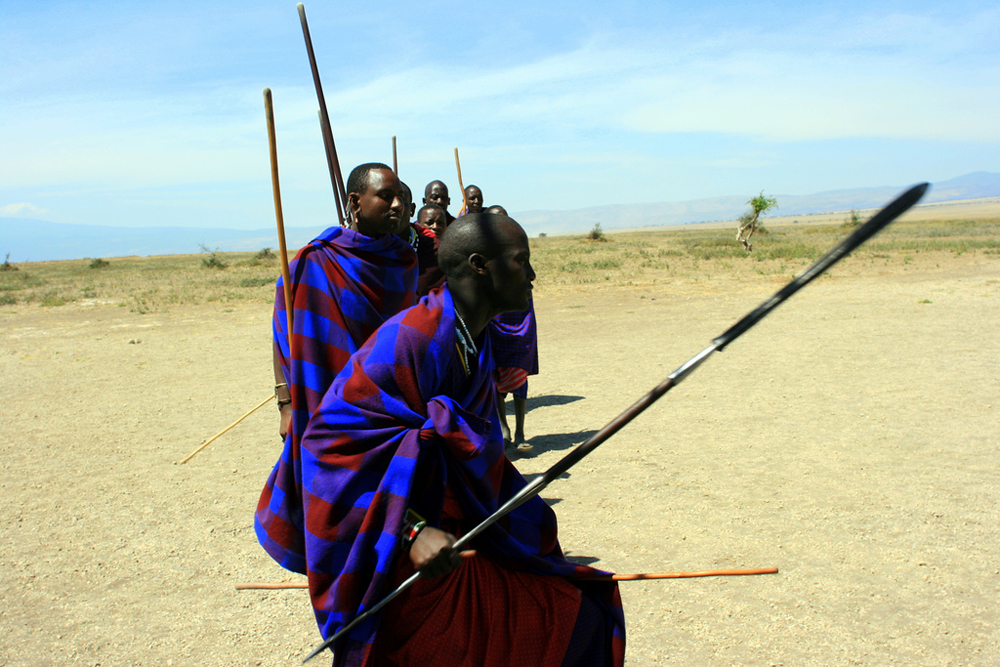| << Chapter < Page | Chapter >> Page > |

Maasai villagers, Tehranians, Americans—each is a society. But what does this mean? Exactly what is a society? In sociological terms, society refers to a group of people who live in a definable community and share the same culture. On a broader scale, society consists of the people and institutions around us, our shared beliefs, and our cultural ideas. Typically, more advanced societies also share a political authority.
Sociologist Gerhard Lenski (1924–) defined societies in terms of their technological sophistication. As a society advances, so does its use of technology. Societies with rudimentary technology depend on the fluctuations of their environment, while industrialized societies have more control over the impact of their surroundings and thus develop different cultural features. This distinction is so important that sociologists generally classify societies along a spectrum of their level of industrialization, from preindustrial to industrial to postindustrial.
Before the Industrial Revolution and the widespread use of machines, societies were small, rural, and dependent largely on local resources. Economic production was limited to the amount of labor a human being could provide, and there were few specialized occupations. The very first occupation was that of hunter-gatherer.
Hunter-gatherer societies demonstrate the strongest dependence on the environment of the various types of preindustrial societies. As the basic structure of human society until about 10,000–12,000 years ago, these groups were based around kinship or tribes. Hunter-gatherers relied on their surroundings for survival—they hunted wild animals and foraged for uncultivated plants for food. When resources became scarce, the group moved to a new area to find sustenance, meaning they were nomadic. These societies were common until several hundred years ago, but today only a few hundred remain in existence, such as indigenous Australian tribes sometimes referred to as “aborigines,” or the Bambuti, a group of pygmy hunter-gatherers residing in the Democratic Republic of Congo. Hunter-gatherer groups are quickly disappearing as the world’s population explodes.
Changing conditions and adaptations led some societies to rely on the domestication of animals where circumstances permitted. Roughly 7,500 years ago, human societies began to recognize their ability to tame and breed animals and to grow and cultivate their own plants. Pastoral societies rely on the domestication of animals as a resource for survival. Unlike earlier hunter-gatherers who depended entirely on existing resources to stay alive, pastoral groups were able to breed livestock for food, clothing, and transportation, creating a surplus of goods. Herding, or pastoral, societies remained nomadic because they were forced to follow their animals to fresh feeding grounds. Around the time that pastoral societies emerged, specialized occupations began to develop, and societies commenced trading with local groups.

Notification Switch
Would you like to follow the 'Introduction to sociology' conversation and receive update notifications?